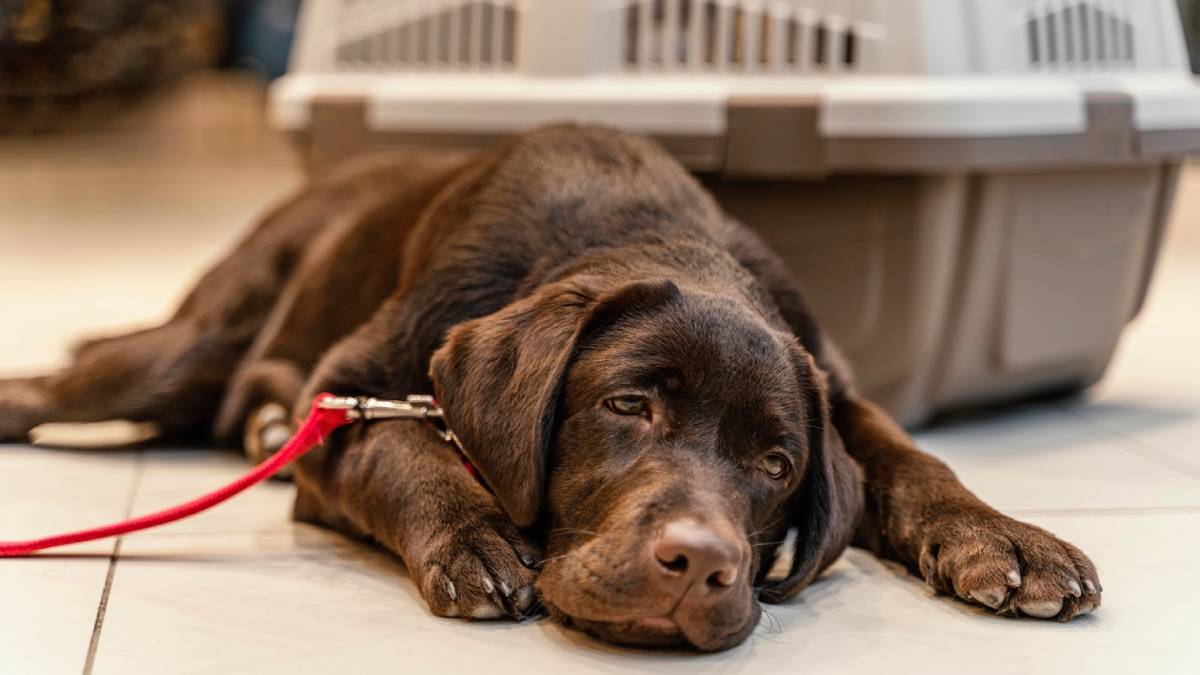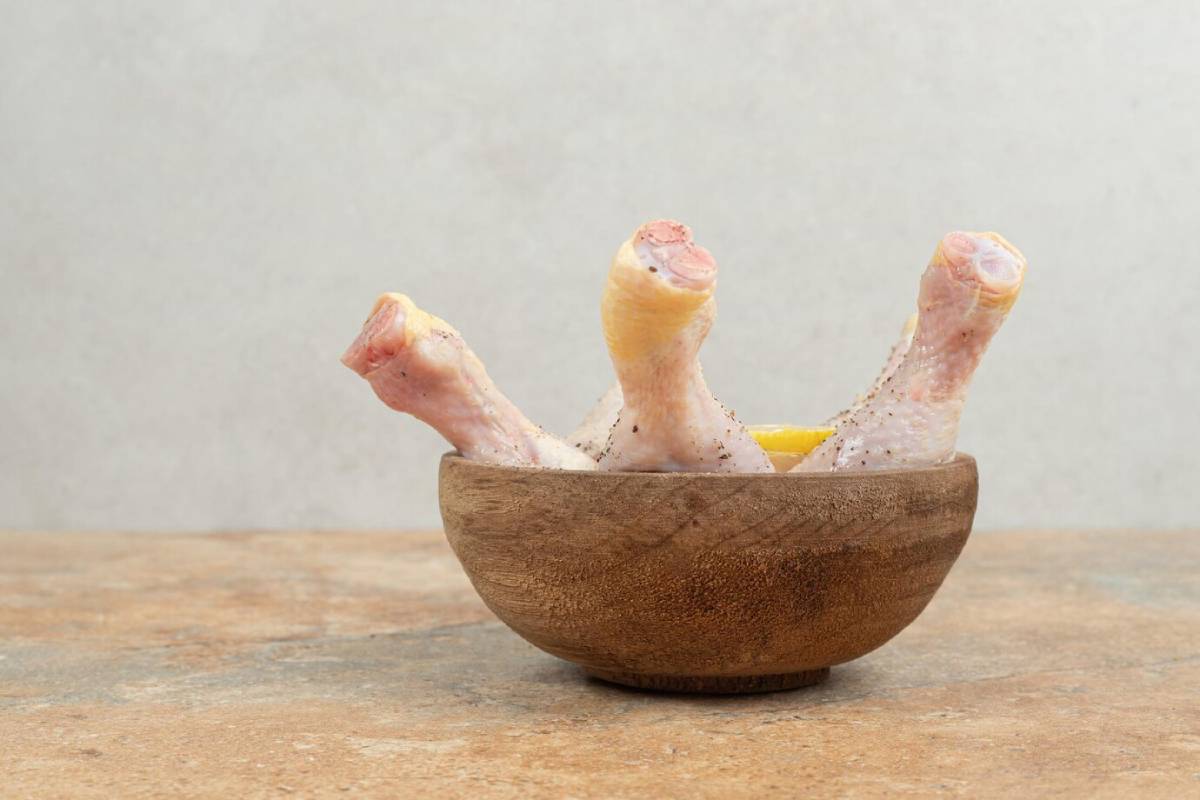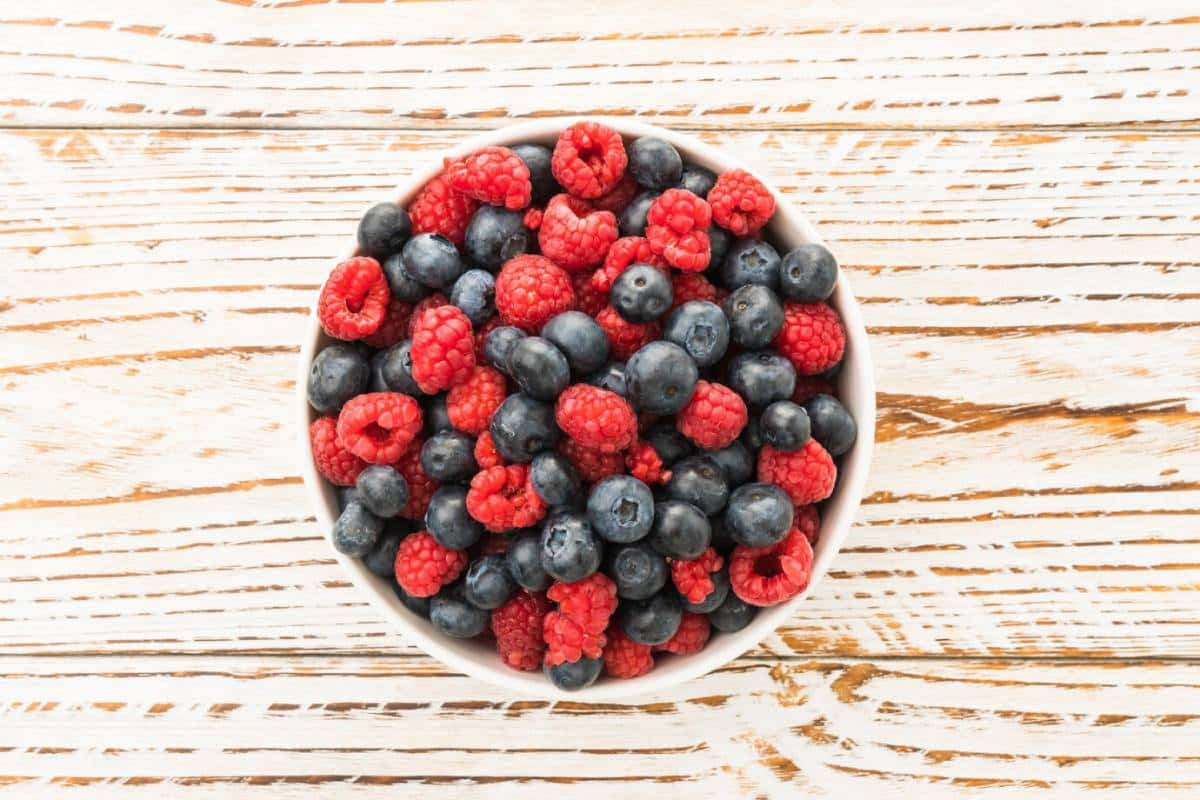
Homemade Meals for Large Breeds: Nutritional Needs
If you have a large dog, you know they bring more than just size. They have big personalities, big hearts, and yes, big appetites. Feeding large breeds isn’t just about how much food you give. It’s about meeting unique nutritional needs that smaller dogs don’t have.
Many owners choose homemade food for big dogs to control ingredients and quality. But it’s not as easy as mixing meat and vegetables. A large dog’s diet should support hip and joint health, maintain a healthy weight, and prevent bloat. This diet needs careful planning.
In this post, we’ll cover how to prepare healthy, balanced, and safe homemade meals for your large dog. Whether you have a Great Dane, Labrador, or Rottweiler, you’ll learn how to support your dog’s wellbeing through nutrition.
Why Large Breeds Have Different Nutritional Needs

Large dogs aren’t just bigger versions of smaller ones. Their metabolism, growth patterns, and joint structure make them prone to specific health issues.
Common Health Concerns in Large Dogs
- Joint issues: Hip dysplasia and arthritis are common due to their size.
- Obesity: Extra weight can harm their joints.
- Bloat (gastric torsion): A serious condition more common in large, deep-chested breeds.
- Rapid growth risks: Puppies growing too fast may develop bone disorders.
This means proper nutrition is not just important — it’s a lifesaving priority.
Key Components of a Healthy Large Dog Diet
To create balanced homemade meals, include all the key macronutrients and micronutrients your dog needs.
1. High-Quality Protein

Large breeds need lean, digestible proteins for muscle mass and tissue repair.
- Best sources: Chicken, turkey, lean beef, eggs, salmon (boneless and cooked)
- Serving tip: Avoid fatty cuts to prevent pancreatitis.
2. Controlled Calcium and Phosphorus
Too much calcium in growing pups can cause skeletal issues. Adult large dogs need a balanced ratio for bone health.
- Sources: Cooked eggshell powder (calcium), boneless fish, bone meal (used carefully)
- Always consult a vet for exact ratios, especially for puppies.
3. Healthy Fats for Energy and Coat Health
Fats provide energy and support skin health, but too much can lead to weight gain.
- Sources: Fish oil (omega-3s), flaxseed oil, coconut oil (in moderation)
4. Carbohydrates for Digestive Support
Complex carbs offer energy and help your dog feel full.
- Best choices: Brown rice, oats, quinoa, sweet potatoes
- Avoid: Onions, garlic, grapes, and raisins — these are toxic to dogs.
5. Joint-Supporting Nutrients
Large breeds often need natural joint supplements in their meals.
- Add-ins:
- Glucosamine (found in chicken feet or green-lipped mussels)
- Chondroitin (beef trachea, cartilage)
- Turmeric (anti-inflammatory — just a pinch)
Balanced Homemade Recipes for Large Dogs
Let’s get practical. Here are a couple of vet-reviewed, easy recipes for large breed dogs.
Recipe 1: Turkey & Sweet Potato Power Bowl
Great for: Active adult dogs needing joint support and lean protein. Ingredients:
- 1.5 kg ground turkey
- 2 large sweet potatoes, cooked and mashed
- 2 cups steamed spinach
- 1 tbsp ground flaxseed
- 1 tsp turmeric
- 1 tsp fish oil (omega-3) Instructions:
- Cook turkey thoroughly and drain excess fat.
- Mix with mashed sweet potatoes and spinach.
- Stir in flaxseed, turmeric, and fish oil.
- Cool before serving. Store in the fridge for up to 3 days or freeze in portions.
Recipe 2: Beef & Quinoa Balanced Blend
Great for: Older dogs needing energy, heart support, and anti-inflammatory benefits.
Ingredients:
- 1 kg lean ground beef
- 1 cup quinoa (cooked)
- 1 cup chopped carrots (steamed)
- 1/2 cup blueberries
- 1/2 tsp dried kelp (iodine source)
- 1 egg (scrambled or boiled)
Instructions:
- Cook beef until no longer pink.
- Mix in cooked quinoa, carrots, and blueberries.
- Add kelp and egg for vitamins and minerals.
- Serve cooled, in portions based on your dog’s weight.
Portion Control: How Much Should You Feed?
Feeding large breeds isn’t about filling bowls. Portion control is key to avoiding obesity and health issues.
General Feeding Guidelines
- Adult dogs: 2–3% of body weight in food daily, split into two meals.
- Senior dogs: Slightly less, especially if less active.
- Puppies: 3–5% of body weight, with more frequent meals.
Always adjust based on:
- Activity level
- Age
- Health status
- Body condition score (ask your vet for advice)
Supplements Worth Considering
Even with a balanced homemade diet, some supplements can fill nutritional gaps, especially for large breeds.
Common Additions:
- Multivitamins: Ensure complete nutrient coverage (vet-approved only).
- Glucosamine & Chondroitin: Essential for joint health.
- Probiotics: Support digestive health and immunity.
- Calcium (for puppies): Only under professional guidance.
Tips for Safe Meal Prep and Storage
Making meals at home means handling raw ingredients safely and storing them properly to prevent spoilage.
Best Practices:
- Cook meats thoroughly unless following a raw diet with vet support.
- Use stainless steel or ceramic bowls — plastic can harbour bacteria.
- Freeze in labelled containers by portion size.
- Introduce new foods slowly over 7–10 days to avoid stomach upset.
When to Consult a Vet or Canine Nutritionist

Homemade doesn’t mean guessing. Before major diet changes, get a professional opinion.
Seek guidance if:
- Your dog has health issues (e.g., arthritis, thyroid problems, allergies).
- You’re unsure about supplements.
- You’re considering a raw diet (more complex and risky without expertise).
A board-certified veterinary nutritionist can create a custom meal plan tailored to your dog’s needs.
Real-Life Story: How Homemade Meals Helped Bruno Thrive
Bruno, a seven-year-old Bernese Mountain Dog, had joint stiffness and digestive issues. His owner, Rachel, switched him from commercial kibble to a homemade diet with lean beef, pumpkin, quinoa, and omega-3 oils. Within weeks, Bruno’s energy improved, and his coat became shiny.
“Cooking for Bruno felt hard at first,” Rachel said. “But now, it’s just part of our routine — and he’s happier and healthier than ever.”
Sometimes, a homemade bowl is more than a meal — it’s a game-changer.
Nourishing the Big Dogs We Love
Creating a balanced, homemade diet for your large dog isn’t just possible — it’s one of the best gifts you can give them. From targeted nutrients for joint support to avoiding harmful ingredients, your effort today supports your dog’s long-term health and happiness.
With the right ingredients, portion control, and guidance, you can make meals that keep your gentle giant wagging, thriving, and full of life.
Ready to begin? Leave a comment with your dog’s breed and any questions, or share your favourite homemade recipe below! Subscribe for more vet-backed pet nutrition guides and keep your big dog’s bowl full of goodness.


